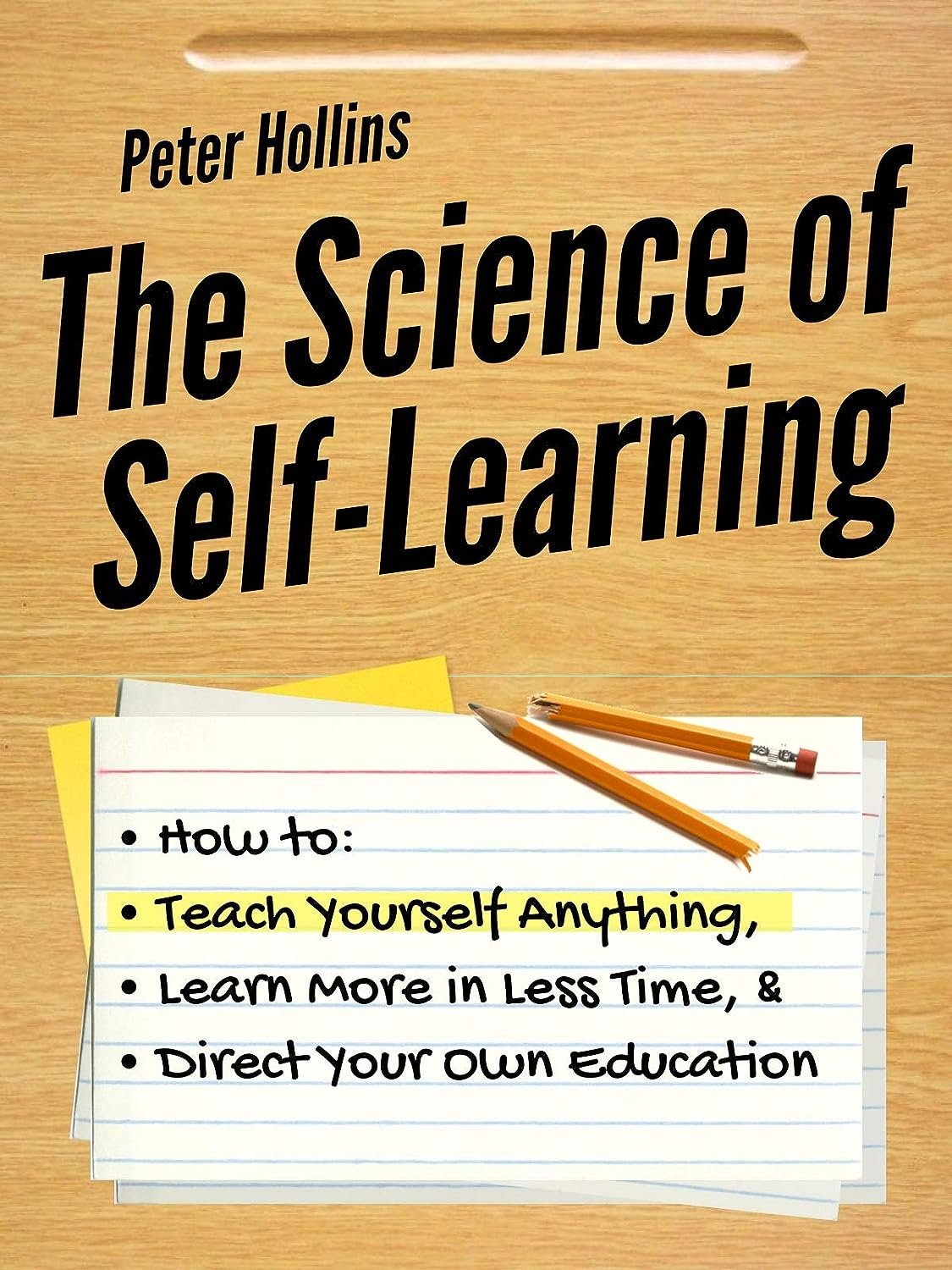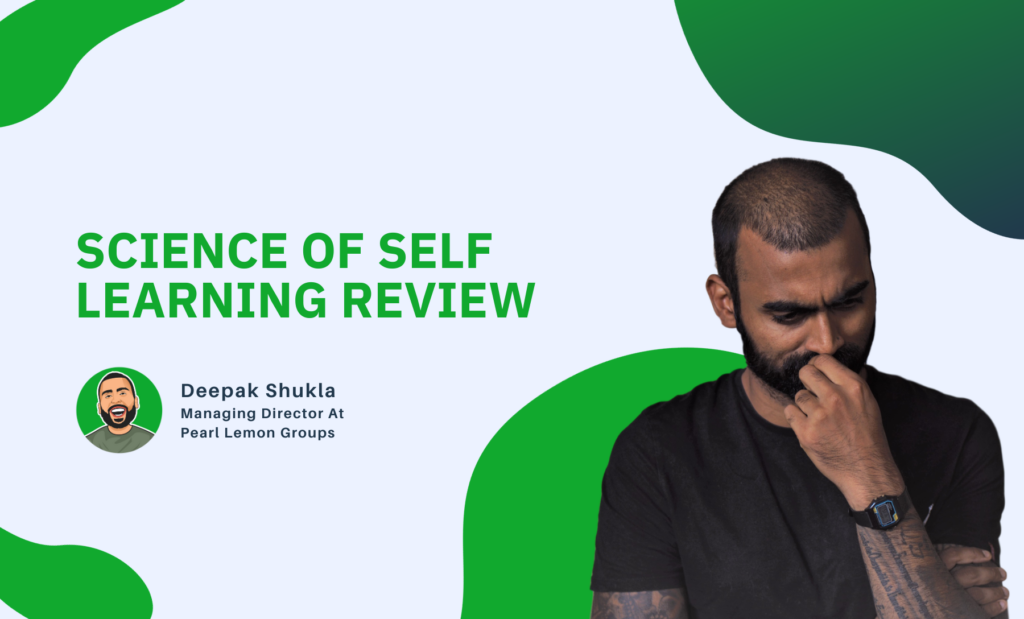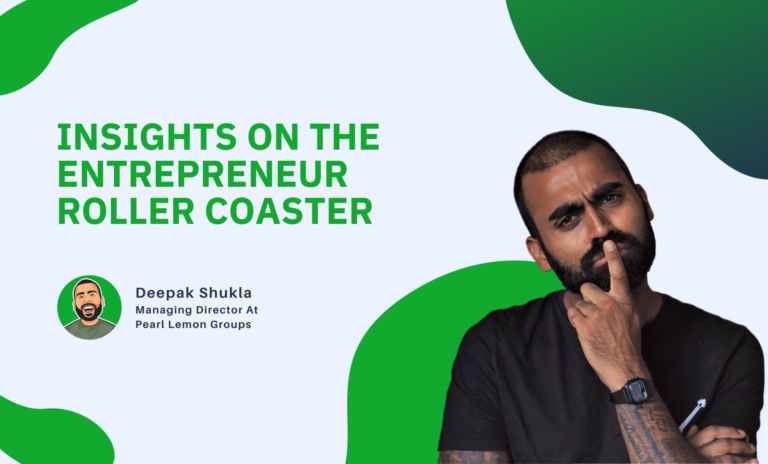The Need for Speed: Accelerating Your Reading Skills 📚💨
Hey there, folks!
Deepak here, and today, I’m excited to dive into a chapter from “The Science of Self-Learning” by Peter Hollins.
We will explore the art of speed reading and how it can supercharge your learning journey.
After all, if you can read faster without sacrificing comprehension, you’ve struck gold in self-education.
Speed Reading: A Gateway to Efficient Learning
As Hollins suggests, speed reading isn’t about skimming or scanning aimlessly through pages.
Instead, it’s a disciplined approach that allows you to absorb information swiftly while maintaining a high level of comprehension.
So, let’s explore some key takeaways from this enlightening chapter.
The WPM Dilemma
Words per minute (WPM) is a metric that often reflects your reading speed. Interestingly, it can change with age and even be influenced by your profession or training.
For instance, educators and academics tend to read faster than students. But here’s the kicker: WPM tends to plateau at a postgraduate level.
So, how do you break free from this plateau and accelerate your reading skills?
Redefining the Reading Process
When it comes to the actual process of reading, it’s somewhat baffling that we aren’t taught more about it beyond our early years of education.
Sure, we learn to read aloud and carefully go through each word, but our training stops there.
So, here’s how you can enhance your reading efficiency:

1. Bid Farewell to Subvocalisation
Subvocalisation is the silent voice inside your head as you read.
While it may seem natural, it’s a hindrance to reading speed. You read much slower than you think you do.
Training yourself to eliminate subvocalisation can significantly boost your comprehension.
Try reading faster than you can articulate with your inner voice. You can use a pencil to guide your reading and gradually increase your reading pace.
2. Sharpen Your Peripheral Vision
Your visual field consists of macular vision and peripheral vision.
The macular vision is where you directly focus your gaze, like tunnel vision.
Training your peripheral vision allows you to start reading a few words into a sentence, enhancing your reading speed.
Try exercises to expand your peripheral vision by looking right and left while focusing on what’s in your peripheral vision.
Place an object or your finger at the edge of your peripheral vision and practice keeping track of it.
3. Omit Unnecessary Words
Learn to skip the words that don’t contribute to your understanding.
For instance, consider this sentence: “The cat that was sat on my desk later ran across the room to eat some food.”
The essential words are: “Cat sat desk ran eat food.” This trimming process can help you eliminate around 30-40% of unnecessary words.
The E-I-A-S Approach: A Strategy for Effective Learning
Hollins also outlines the E-I-A-S approach, which stands for Examination, Inspection, Analysis, and Synoptic Reading.
This systematic strategy helps you gain an overview of the content you’re about to learn:
Examination: Start by reviewing the table of contents, headlines, and subheadings to get a sense of the book’s structure.
Inspection: Dive deeper into the material by scanning the introduction and conclusion, often providing valuable insights.
Analysis: Read a summary or synopsis of the book to comprehend its key ideas and themes.
Synoptic Reading: Engage in comprehensive reading while maintaining the speed and comprehension you’ve honed.

Personal Application and Progression
How do I apply these principles in my own reading journey?
For starters, I’ve been progressively increasing the playback speed of audiobooks on platforms like Audible.
Over the years, I’ve moved from 1x speed to 2.5x (sometimes even more) without sacrificing comprehension.
This change wasn’t an abrupt leap but rather a gradual process, allowing me to adapt to the faster pace.
However, it’s essential to recognise that the ability to read at higher speeds varies depending on the environment and your focus levels.
But I can attest that reading faster and absorbing information effectively is possible.
Conclusion: Unleash the Speed Reader Within You!
In conclusion, the art of speed reading is a valuable skill that can turbocharge your learning journey.
By mastering the techniques of eliminating subvocalisation, training your peripheral vision, omitting unnecessary words, and following the E-I-A-S approach, you can exponentially enhance your reading speed while maintaining robust comprehension.
Remember, the goal isn’t to skim or scan but to read efficiently and absorb knowledge effectively.
So dive into those books, articles, or whatever content you’re interested in, and tap into your inner speed reader. 🚀📖
“The more that you read, the more things you will know. The more that you learn, the more places you’ll go.” 🌍📚 – Dr. Seuss
Key Takeaways from “The Science of Self-Learning” by Peter Hollins
- Speed Reading Fundamentals:
-
-
- Speed reading is not about skimming but about maintaining comprehension while reading quickly.
- It offers a disciplined approach to swiftly absorb information.
-
- The WPM (Words per Minute) Insight:
-
-
- WPM measures reading speed and can vary with age and profession.
- Educators and academics typically read faster than students.
- However, WPM plateaus at a postgraduate level.
-
- Techniques to Improve Reading Efficiency:
-
-
- Eliminate Subvocalisation: Avoid the silent voice in your head while reading to enhance speed.
- Sharpen Peripheral Vision: Train peripheral vision to read faster by starting a few words into a sentence.
- Omit Unnecessary Words: Trim sentences to focus only on essential words to speed up reading.
-
- E-I-A-S Approach:
-
-
- Examination: Review the table of contents, headlines, and subheadings.
- Inspection: Scan the introduction and conclusion.
- Analysis: Understand the key ideas and themes via a summary or synopsis.
- Synoptic Reading: Engage in comprehensive reading while maintaining speed and comprehension.
-
- Personal Application:
-
-
- Gradually increase playback speed of audiobooks to read faster.
- Ability to read at higher speeds can vary based on environment and focus.
-
- Conclusion & Motivation:
-
- Mastering speed reading techniques can greatly enhance one’s learning journey.
- The aim is efficient reading with effective comprehension.
- Embrace the skill and unleash your inner speed reader.

Book Summary Of “The Science of Self-Learning” by Peter Hollins
“The Science of Self-Learning” by Peter Hollins delves into the art and science of how individuals can teach themselves topics without the conventional classroom environment. Hollins emphasises the significance of self-discipline, curiosity, and determination in the self-learning journey. He offers practical strategies, including the disciplined approach to speed reading, the E-I-A-S approach for effective learning, and ways to optimize comprehension and retention. The book sheds light on the pitfalls of traditional educational methods and showcases how mastering the art of self-directed learning can be transformative. Drawing from cognitive psychology and pedagogy, Hollins presents methodologies to foster critical thinking, problem-solving, and self-reliance in learning. By the end, readers are equipped with tools and insights to become autodidacts, understanding that the process of learning is as critical as the content itself.



